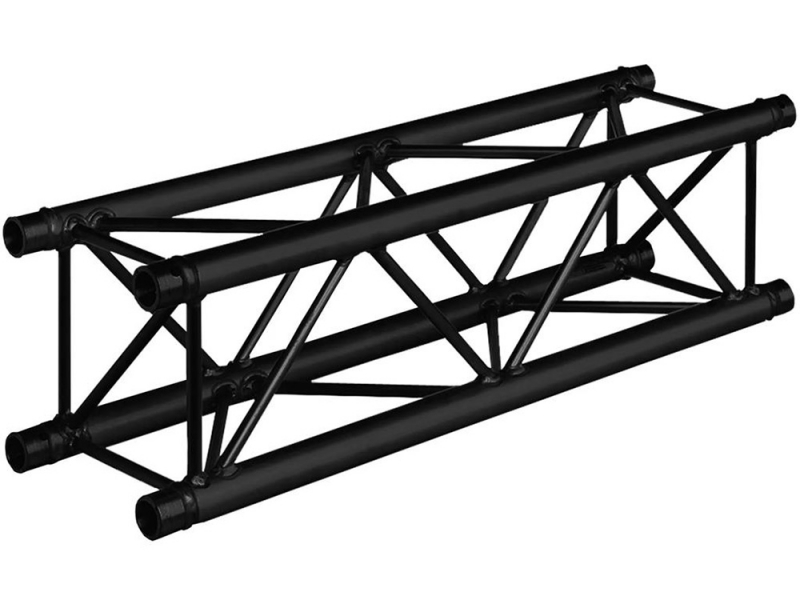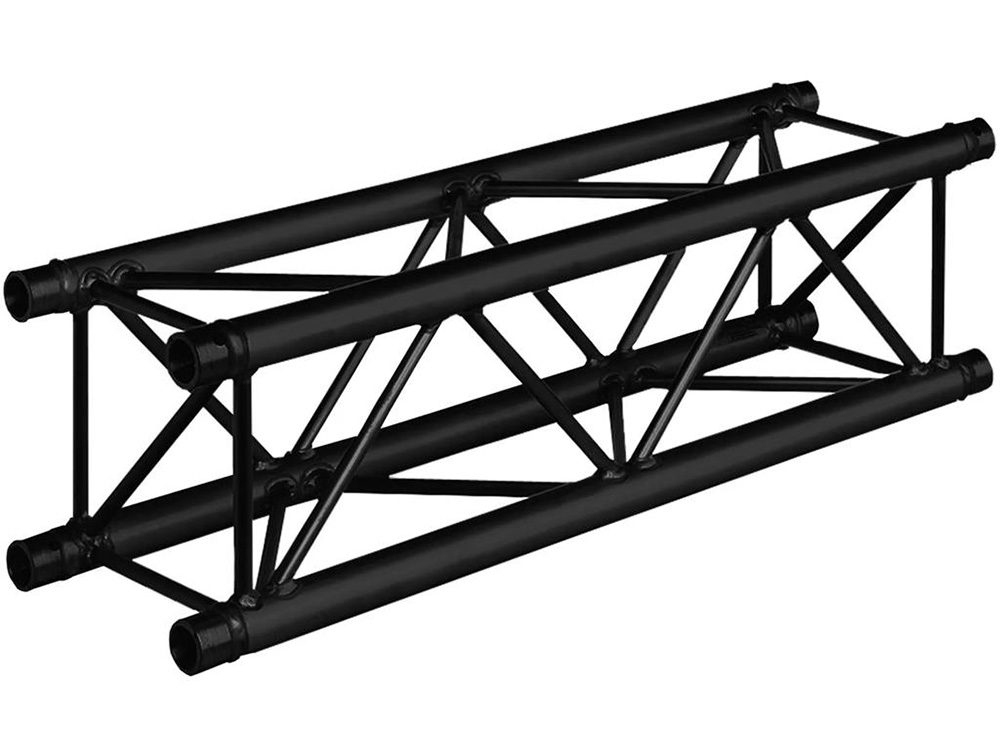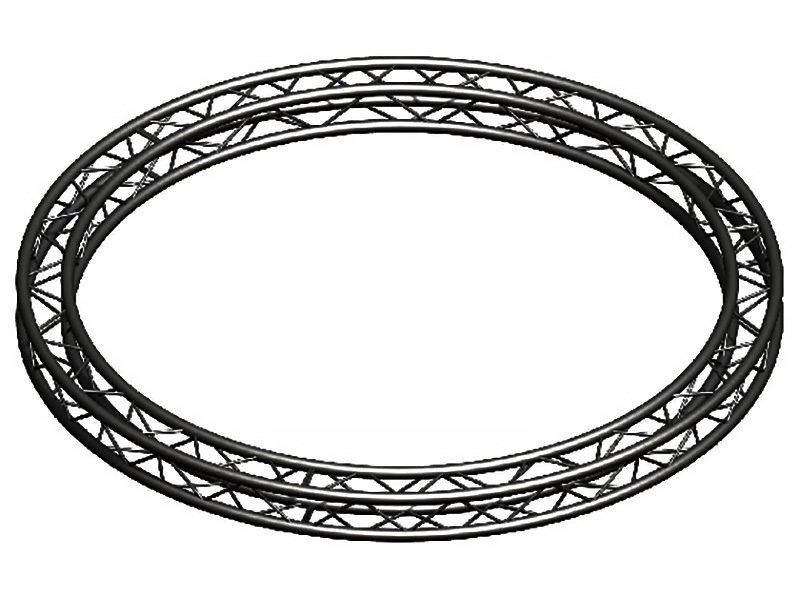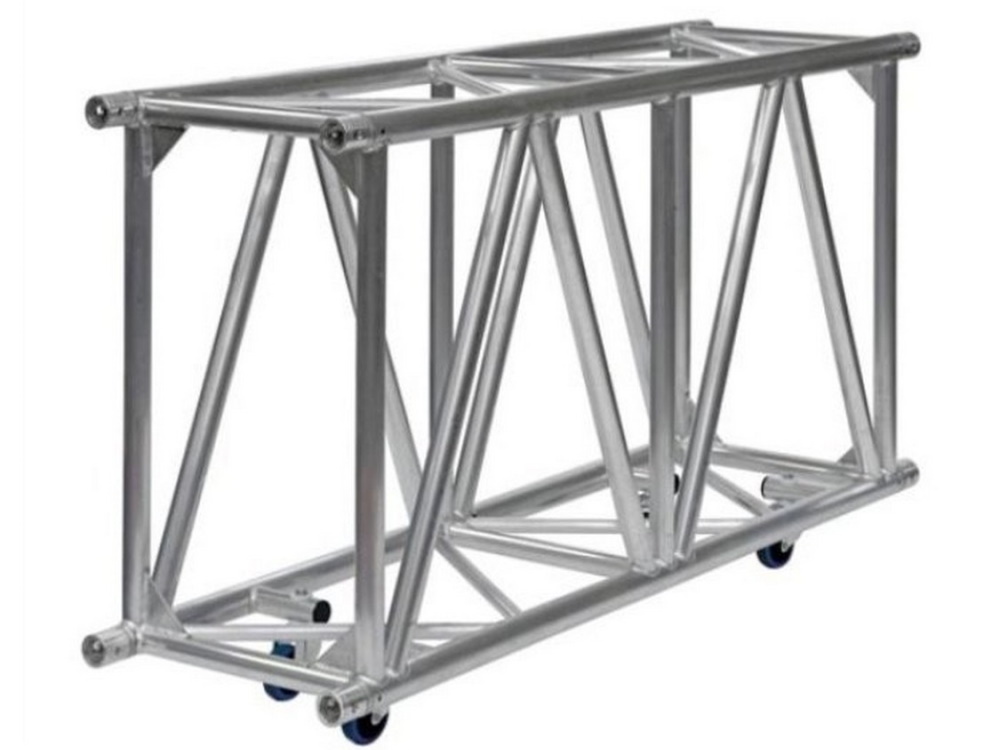Staging equipment
09 October 2023

|
Do you want to create unforgettable experiences for your event attendees? Are you looking to transform a plain space into a captivating stage that leaves a lasting impression on your audience? In this article, we will uncover the secrets of effective staging and introduce you to the must-have equipment necessary for any event. From the right lighting and sound systems to stage platforms and props, the equipment you choose can make or break the overall impact of your event. Whether you're planning a corporate conference, a concert, or a wedding, having the right staging equipment is crucial to creating a memorable experience. But with so many options out there, how do you know which equipment is essential for your event? That's where we come in. We'll guide you through the key elements of staging and provide expert insights on the equipment you need to ensure a seamless and successful event. The Importance of Event Staging Event staging is more than just setting up a stage and placing some equipment. It is a carefully planned process that involves creating an immersive environment that enhances the overall experience for your attendees. Effective staging can elevate your event from ordinary to extraordinary, leaving a lasting impact on your audience. One of the primary reasons event staging is crucial is that it sets the tone and atmosphere for your event. Whether you want to create a grand and elegant ambiance or a vibrant and energetic atmosphere, the right staging can help you achieve your desired effect. It allows you to control the visual and auditory elements of your event, ensuring that every detail aligns with your event's theme and objectives. Additionally, event staging helps in enhancing the engagement and interaction of your attendees. A well-designed stage can captivate the audience's attention and keep them engaged throughout the event. It provides a focal point for performances, presentations, and speeches, ensuring that the audience's focus remains on the content being delivered. Lastly, effective event staging can contribute to the overall branding and reputation of your event. A visually appealing and well-executed stage can leave a positive impression on your attendees, making your event more memorable and increasing the chances of them attending future events you organize. Understanding the Goals and Objectives of Event Staging Before diving into the specific equipment required for event staging, it is essential to understand the goals and objectives you want to achieve. Every event is unique, and the staging requirements may vary based on the event type, audience, and desired outcomes. Some common goals of event staging include: Creating an immersive experience: Staging should transport attendees to a different world, allowing them to escape their everyday lives and fully immerse themselves in the event. Enhancing the event theme: The staging should align with the event's theme and create a cohesive visual experience. Highlighting key elements: Staging should draw attention to key elements such as speakers, performers, or products being showcased. Ensuring visibility and audibility: The staging should ensure that all attendees have a clear view of the stage and can hear the content being delivered without any hindrances. By defining your goals and objectives, you can better understand the equipment needed to achieve them. Let's explore the key elements of effective event staging and the essential equipment required for each. |
 |
|
Lighting Equipment for Event Staging Lighting is a crucial aspect of event staging as it sets the mood, directs attention, and enhances the overall visual impact. The right lighting equipment can transform a dull space into a mesmerizing stage, creating the perfect ambiance for your event. One of the most essential lighting equipment for event staging is the spotlight. Spotlights are versatile tools that allow you to focus the audience's attention on specific areas, such as the stage, speakers, or performers. They can be used to create dramatic effects, highlight important moments, or add depth to the overall visual composition. Another important lighting equipment is the wash light. Wash lights provide a broad and even distribution of light, allowing you to cover a larger area with a consistent illumination. They are often used to create a general wash of color or to light up the stage backdrop, creating a visually captivating environment. In addition to spotlights and wash lights, event staging may also require various other lighting equipment such as moving lights, gobos, LED panels, and uplights. These tools provide flexibility in creating different lighting effects, adding depth and dimension to the stage design. To control and manipulate the lighting effects, a lighting control console is necessary. This console allows you to adjust the intensity, color, and positioning of the lights, ensuring seamless transitions and synchronized lighting cues throughout the event. Investing in high-quality lighting equipment is essential to achieve the desired visual impact for your event. It is recommended to consult with professional lighting designers or rental companies to ensure you choose the right equipment that suits your event's needs and budget. Sound Equipment for Event Staging Sound quality plays a significant role in the success of any event. Whether it's a conference, concert, or wedding, clear and immersive audio can enhance the overall experience and ensure that the content being delivered is effectively communicated to the audience. The most basic sound equipment for event staging is a sound system comprising of speakers, microphones, and a mixing console. The speakers should be strategically placed to ensure optimal audio coverage throughout the event space, allowing all attendees to hear the content without any distortion or loss of clarity. Microphones are essential for capturing and amplifying the sound of speakers, performers, or musicians. Depending on the event type, you may need different types of microphones, such as handheld microphones, lapel microphones, or headset microphones. It is important to consider factors like the speaker's movement, the need for hands-free operation, and ambient noise levels when selecting the appropriate microphone. A mixing console is used to control and balance the audio levels from different sources, such as microphones, instruments, or playback devices. It allows you to adjust the volume, equalization, and other sound parameters to achieve the desired audio quality. In addition to the basic sound system, event staging may require additional sound equipment like subwoofers for enhanced bass response, monitors for onstage audio monitoring, and audio processors for advanced sound manipulation. To ensure seamless audio distribution, it is important to consider the acoustics of the event space. Factors like room size, shape, and materials can significantly impact the sound quality. Consulting with a professional sound engineer or rental company can help you optimize the sound system setup and overcome any acoustic challenges. |
 |
|
Video and Projection Equipment for Event Staging In today's digital age, video and projection equipment have become integral to event staging. They allow you to display visual content, presentations, videos, and live feeds, enhancing the overall engagement and impact of your event. The most common video and projection equipment used in event staging is projectors and screens. Projectors can be used to display images or videos on large screens or surfaces, creating a visually captivating experience for the attendees. Screens can be positioned on the stage or placed throughout the event space to ensure optimal visibility from various angles. When choosing projectors, factors like brightness, resolution, and throw distance should be considered. Brightness is crucial to ensure clear visibility, especially in well-lit environments. Higher resolution projectors offer sharper and more detailed images, enhancing the visual quality. The throw distance determines the distance between the projector and the screen, which affects the size and clarity of the projected image. In addition to projectors and screens, video switchers, media servers, and video playback devices may be necessary to control and manage the visual content. These tools allow you to seamlessly switch between different video sources, play pre-recorded content, or display live feeds from cameras or other sources. Furthermore, LED walls or video panels can be used to create dynamic and interactive visual displays. LED walls consist of multiple individual panels that can be combined to form large video screens of various shapes and sizes. They offer high-resolution visuals and can be used to display live feeds, branding elements, or immersive video content. To ensure a smooth integration of video and projection equipment, it is recommended to work with experienced AV technicians or rental companies who can provide the necessary expertise and support. Stage and Set Design for Event Staging Stage and set design are crucial elements of event staging that contribute to the visual impact and overall atmosphere. They help create a visually appealing environment that aligns with the event theme and enhances the audience's experience. The stage platform is the foundation of any event stage. It provides a raised surface for performers, speakers, or presenters, ensuring visibility to the audience. The size and configuration of the stage platform may vary based on the event type and space available. It is important to consider factors like the number of performers, the need for multiple levels or platforms, and any specific requirements for props or equipment. Stage backdrops and set pieces are used to enhance the visual appeal and create a cohesive visual experience. Backdrops can be simple and elegant, featuring branded graphics or event-specific visuals. They can also be more elaborate, incorporating scenic elements, props, or LED screens for dynamic visual effects. Props and scenic elements can be used to create a specific ambiance or theme. For example, a corporate conference may require professional-looking props like podiums or branded display panels, while a music concert may need stage props like instruments, banners, or lighting structures. In addition to the stage platform and set design, elements like stage curtains, drapes, and scrims can be used to control the visibility of the stage and create dramatic reveals or transitions during the event. Collaborating with experienced stage designers or production companies can help you bring your vision to life and ensure a visually stunning stage setup that aligns with your event's objectives. Rigging and Trussing for Event Staging Rigging and trussing are essential for safely suspending and supporting various equipment and elements in event staging. They ensure that lighting fixtures, audio speakers, video screens, and other props are securely mounted, allowing for flexibility in positioning and creating dynamic visual compositions. Rigging refers to the process of attaching equipment or props to a fixed structure, such as beams or ceilings. It requires expertise in determining load capacities, calculating forces, and ensuring structural integrity to prevent accidents or equipment failure. Trussing systems are often used in event staging as a versatile and modular solution for rigging. Trusses are aluminum or steel structures that can be easily assembled, disassembled, and adjusted to accommodate various equipment and staging needs. They provide a secure and stable framework for suspending lights, speakers, video screens, and other elements. When choosing rigging and trussing equipment, it is crucial to consider factors like load capacity, span length, and compatibility with other staging elements. Working with professional riggers or production companies can help ensure that the rigging is done safely and complies with all relevant regulations and standards. Investing in high-quality rigging and trussing equipment is essential to ensure the safety of your event and the longevity of your staging setup. Regular inspections, maintenance, and adherence to safety protocols are crucial to prevent accidents and ensure a successful event. Conclusion: Investing in the Right Equipment for Successful Event Staging Effective event staging requires careful planning, attention to detail, and the right equipment. From lighting and sound systems to video and projection equipment, stage and set design, and rigging and trussing, each element plays a crucial role in creating a memorable experience for your event attendees. By understanding the goals and objectives of your event, you can identify the essential equipment required to achieve those goals. Collaborating with experienced professionals, such as lighting designers, sound engineers, AV technicians, and stage designers, can help you make informed decisions and ensure a seamless and successful event. Investing in high-quality equipment and working with reputable rental companies or production companies can save you time, effort, and potential headaches. Remember to consider factors like budget, event type, audience size, and venue specifications when selecting the equipment. Unlocking the secrets of effective staging and investing in the right equipment will allow you to create unforgettable experiences, captivate your audience, and leave a lasting impression on your attendees. So, go ahead, unleash your creativity, and transform any space into a captivating stage that sets the perfect backdrop for your event. |
 |
